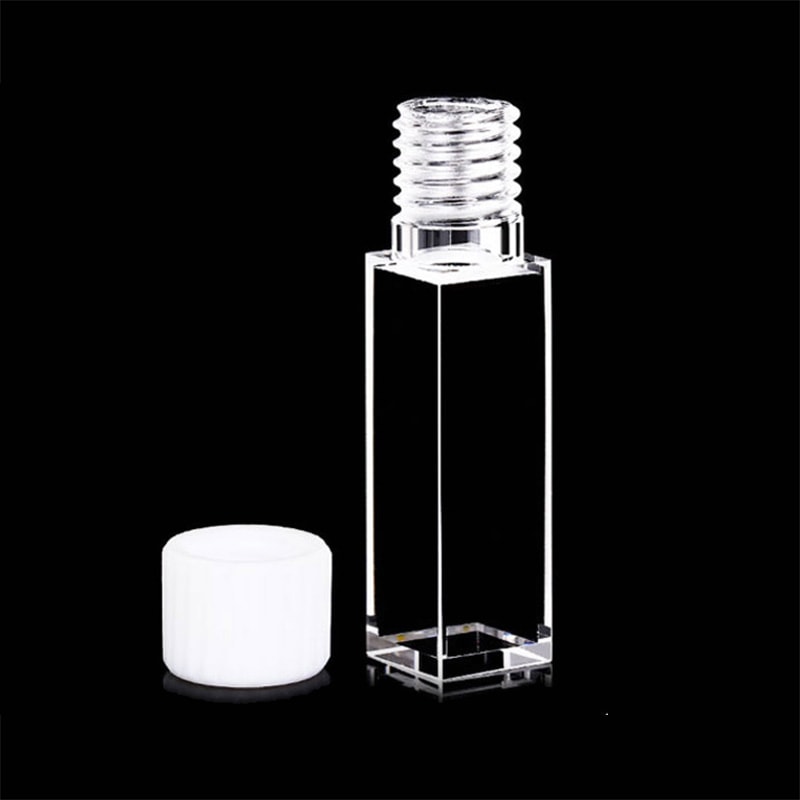How to Increase Precision with the Correct Cuvette Size
How to Increase Precision with the Correct Cuvette Size
Blog Article

The Benefits of Cuvettes and Quartz Vials in Medical Research
In medical study, the reliability and consistency of sizes are paramount, specially in areas like spectroscopy, substance evaluation, and biology. One important ingredient that assures precision in these reports could be the cuvette, particularly quartz vials. Knowledge the advantages of cuvettes and the benefits of using quartz vials can significantly affect the end result of tests and lab work.
Precision in Spectroscopy
Cuvettes are essential for holding fluid samples in various diagnostic devices, such as spectrophotometers. They measure the absorbance or indication of gentle through a sample, and the cuvette provides as the jar for the test during analysis. The size and material of the cuvette perform a crucial position in ensuring the reliability of the measurements. Quartz vials, particularly, present exceptional optical understanding, enabling appropriate light transmission across a wide selection of wavelengths, including ultraviolet (UV) light. That makes quartz vials a fantastic selection for spectroscopic experiments, wherever accuracy is critical.
Durability and Compound Resistance
Quartz vials stand out for their toughness and resistance to hard chemicals. Unlike plastic cuvettes, quartz vials are less likely to degrade or react with chemicals in the test, ensuring that the outcome of the experiment stay unaffected by possible contamination. That characteristic makes quartz vials specially helpful in environments where aggressive solvents or large temperatures are involved. Their capability to tolerate severe problems without reducing the strength of the taste is one of many major factors they're favored in many laboratory applications.
Accuracy in Measurement and Shape
How big a cuvette is not a one-size-fits-all situation. The dimension of the cuvette, such as for example their way length, impacts the quantity of the test and the total amount of light that passes through. Selecting the proper cuvette size for the precise test guarantees that the results are perhaps not skewed due to under or over-concentration of the sample. Quartz vials come in many different styles and forms, letting analysts to pick the most suitable alternative on the basis of the needs of these experiment. That freedom contributes to more correct information and makes for better control around experimental conditions.
Openness and Light Sign
Quartz is noted for their exemplary transparency, especially in the uv (UV) and visible mild spectra. This makes quartz vials perfect for use within instruments that need clear visual routes, such as UV-Vis spectrophotometers. The superior mild transmission properties of quartz make sure that the light passes through the taste with little dropping or assimilation, ultimately causing more exact readings. For tests that need large accuracy, quartz vials provide a definite benefit over other materials.
Long-Term Reliability
When working in research laboratories, it is a must to possess trusted instruments that maintain their integrity over time. Quartz vials are not just chemically resilient but additionally highly resilient, indicating they are less inclined to experience wear and tear. This long-term stability ensures that researchers may use quartz vials for expanded intervals without fretting about degradation or the necessity for frequent substitutes, contributing to cost-effectiveness in the extended run.
In conclusion, equally cuvettes and quartz vials offer a selection of advantages that enhance the standard and accuracy of lab experiments. From their superior visual quality for their chemical opposition and longevity, these methods are indispensable in clinical research. By selecting the best cuvette measurement and applying quartz vials, analysts may guarantee precise dimensions and obtain more reliable results inside their studies. Report this page